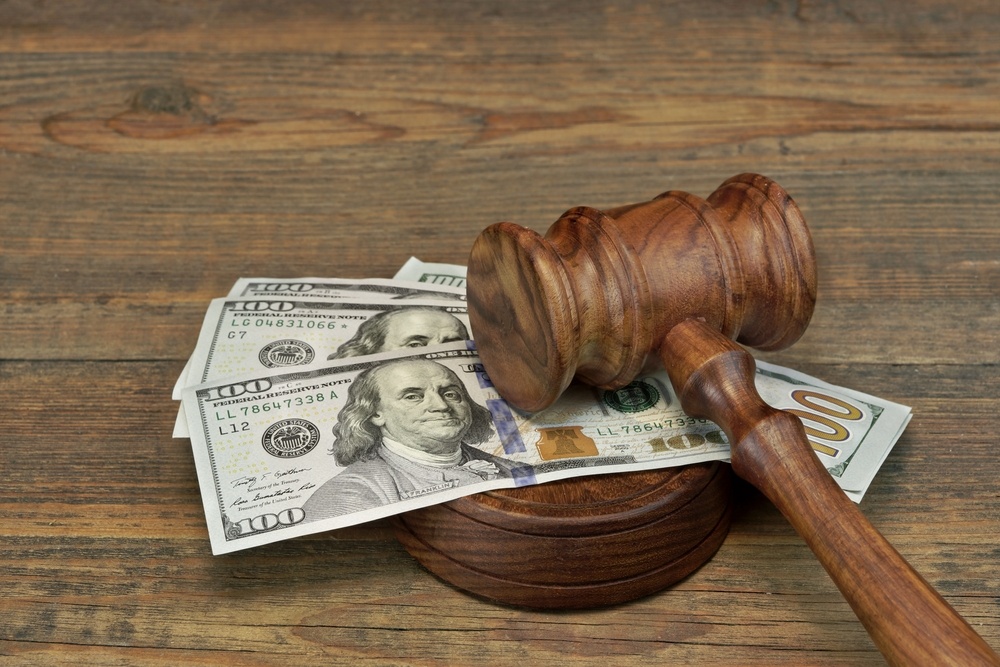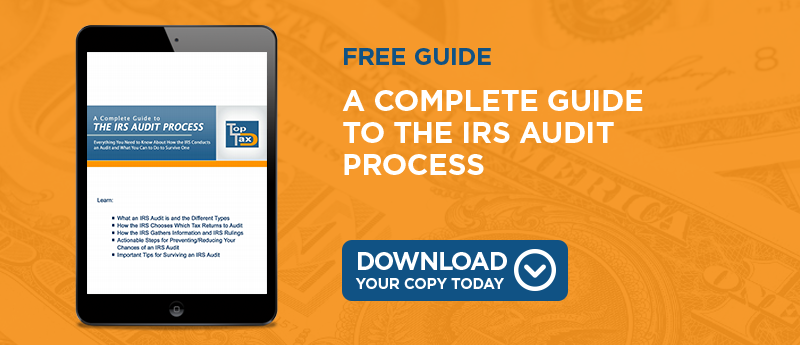
What Is a Tax Lien?
A tax lien is a legal claim against your property due to unpaid tax debt. It can attach to your real estate, personal property, and financial assets, making it difficult to sell or refinance your home or obtain credit. A tax lien does not mean the IRS will immediately seize your assets, but it does give them a right to claim them if you fail to settle your debt.
How to Remove a Tax Lien
To resolve a tax lien, you typically need to pay your outstanding debt in full. However, the IRS offers several options to help taxpayers remove liens:
- Paying the Debt in Full – Once you satisfy your tax liability, the IRS will release the lien within 30 days.
- Lien Withdrawal – You may qualify for a lien withdrawal if you enter into a Direct Debit Installment Agreement and meet certain conditions.
- Discharge of Property – In some cases, you can request to have a specific property removed from the lien, allowing you to sell or refinance it.
- Subordination – This does not remove the lien but allows other creditors to take priority, which can help with loan approvals.
For more details, visit our Tax Lien Removal page.
What Is a Tax Levy?
A tax levy is more severe than a lien. It allows the IRS to seize your assets—such as bank accounts, wages, real estate, and even Social Security benefits—to satisfy your tax debt. Levies are typically used when a taxpayer ignores IRS notices and fails to make arrangements to pay their taxes.
How to Stop or Remove a Tax Levy
If you've received a Final Notice of Intent to Levy, you must act quickly to prevent asset seizure. Here are some ways to resolve a levy:
- Paying the Tax Debt – The most direct way to stop a levy is to pay your balance in full.
- Setting Up an Installment Agreement – If you can’t pay all at once, setting up a payment plan with the IRS can stop further collection actions.
- Submitting an Offer in Compromise – If you qualify, you may be able to settle your debt for less than the full amount owed.
- Requesting a Collection Due Process (CDP) Hearing – If you believe the levy is unjustified, you can appeal through a CDP hearing.
- Proving Financial Hardship – If a levy causes extreme financial hardship, the IRS may release it temporarily while working out an alternative solution.
To learn more, visit our Tax Levy Removal page.
Preventing Future Liens and Levies
To avoid tax liens and levies in the future, consider the following steps:
- File Your Taxes on Time – Even if you can’t pay in full, filing prevents additional penalties.
- Communicate with the IRS – Ignoring IRS notices can lead to aggressive collection actions.
- Set Up a Payment Plan Early – If you owe taxes, arranging a payment plan before collection actions begin can help you avoid liens and levies.
- Seek Professional Help – A tax professional can negotiate with the IRS on your behalf and explore resolution options.
Need Help Resolving a Tax Lien or Levy?
If you’re facing a tax lien or levy, you don’t have to handle it alone. Top Tax Defenders specializes in helping taxpayers resolve their IRS debts and regain financial stability. Schedule a free consultation today and take the first step toward resolving your tax issues.




